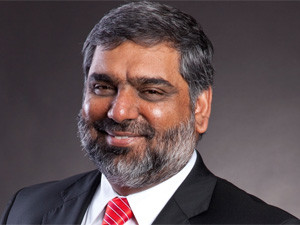
JSE-listed Datacentrix this morning publish results for the year to February, and said although revenue grew, earnings were lower as gross margins continue to be under pressure.
The company reported revenue growth of 9%, from R1.758 billion to R1.919 billion. Earnings declined by 15%, from R90.8 million to R77.3 million and headline earnings per share came in at 39.6c, compared with 46.9c a year ago.
Datacentrix says the past few years, though profitable, have been challenging for the group.
"As a consequence of both market dynamics and the change in the technology landscape, Datacentrix has strategically repositioned itself in the market, moving from being a pure hardware supplier to a fully-fledged systems integrator and solutions provider," it says.
The group notes that it has needed to invest in infrastructure, as well as technical and managerial resources that were previously not required, which it funded through its income sheet.
CEO Ahmed Mahomed says "this investment phase is by-and-large drawing to an end, with our capability significantly boosted, placing us in an enviable position as an end-to-end integrated infrastructure IT partner".
However, although Datacentrix's revenue remained "resilient", investments in resources and capital projects and sustained gross margin pressures, resultant from a dip in the industry cycle, have weakened operating margins from 8% to 6%.
"The business is yet to reach optimal functionality in some areas, as certain of these investments have not yielded returns at this stage and, in some cases, have negatively impacted profitability," it says.
Datacentrix adds that, as is the case with business, sales will initially lag investment cycles. In addition, traditional revenue streams, such as the public sector, have dwindled significantly, with government spend dropping from between 40% to 45%, at its peak, to under 10%.
However, the group says it saw an improvement in trading conditions in the second half, after a particularly constrained first quarter and, consequently, first half of the year.
Share